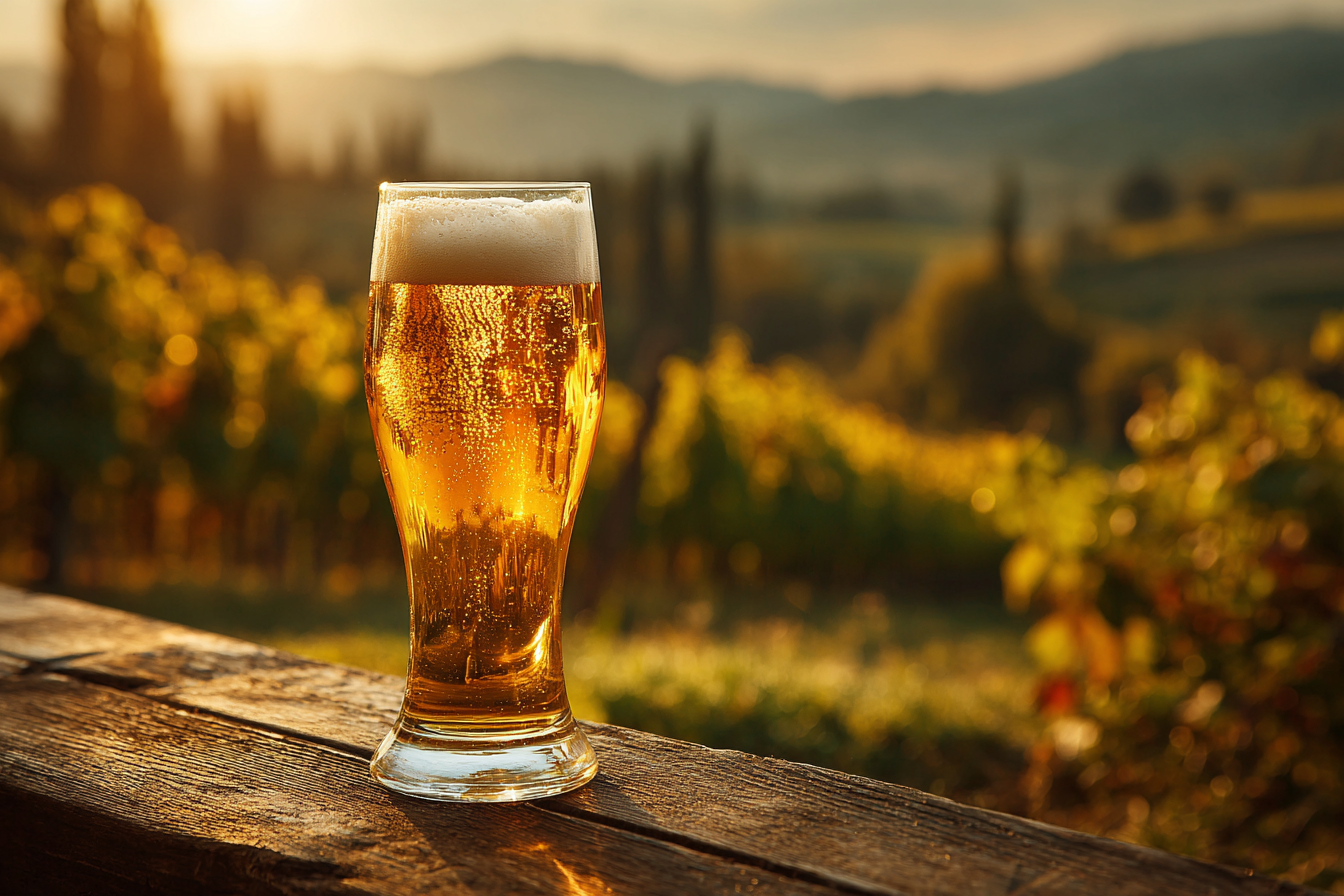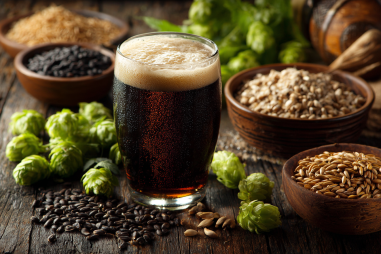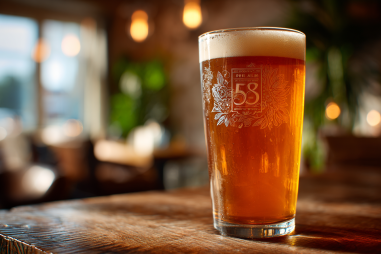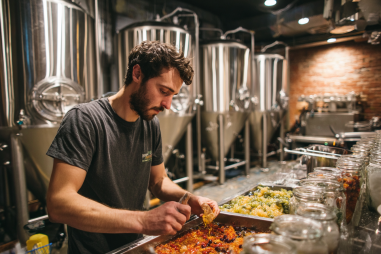If you’ve ever savored a crisp, refreshing Italian Pilsner and wondered what makes it so uniquely delightful, you’re in the right place. This style of beer, celebrated for its bright taste and elegant bitterness, owes much of its charm to a distinctive brewing process. From carefully selected ingredients to precise fermentation techniques, mastering the Italian Pilsner brewing process is both an art and a science. Whether you’re a seasoned brewer or a curious homebrewing enthusiast, this comprehensive guide will walk you through every step to help you craft the perfect Italian Pilsner.
Understanding the Italian Pilsner
Before diving into the brewing details, it’s important to understand what sets an Italian Pilsner apart from other pilsner styles. Originating from Italy’s rich brewing tradition, this beer is known for its light golden color, moderate alcohol content typically around 4.5% to 5.5% ABV, and a distinctive crispness. Unlike German or Czech pilsners, Italian Pilsners often showcase a more pronounced hop bitterness combined with a floral, spicy hop aroma that gives them their characteristically vibrant profile.
They are brewed to be refreshing and highly drinkable, making them perfect for warmer climates and food pairings ranging from seafood to lighter pasta dishes. The brewing process focuses on balance and clarity, bringing out crisp malt flavors while maintaining a sparkling hop bitterness.
Essential Ingredients for Italian Pilsners
The ingredients used in brewing are the foundation of any beer’s flavor. For Italian Pilsners, the selection is quite specific to achieve the signature taste and appearance:
- Malt: Typically, Italian Pilsners use pale Pilsner malt as their base. This light malt contributes subtle sweetness and a pale golden color without overshadowing hops.
- Hops: Hop choice is crucial. Traditional German noble hops like Hallertau or Tettnang might be used, but Italian brewers often favor varieties such as Perle, Cascade, or Styrian Golding. These hops lend that crisp bitterness and floral, spicy aroma.
- Yeast: A clean, lager yeast strain is essential. Yeast imparts subtle esters and drives fermentation, impacting crispness and clarity.
- Water: Water chemistry matters. Italian Pilsners generally prefer soft to moderately hard water with a balanced mineral profile to enhance hop bitterness while maintaining smoothness.
Step-by-Step Italian Pilsner Brewing Process
Mashing
The mashing phase converts starches in the malt into fermentable sugars. For Italian Pilsners, a single infusion mash is commonly used, typically held at temperatures ranging between 148°F and 152°F (64°C–67°C). This range promotes a balanced wort that provides fermentable sugars while retaining mouthfeel to maintain a moderate body.
Some brewers incorporate a step mash, including a protein rest around 122°F (50°C) to improve clarity and head retention, though this is less common due to the highly modified nature of Pilsner malts.
The mashing typically lasts for about 60 minutes, after which the wort is lautered and sparged with hot water to collect the sugars efficiently.
Boiling
The boil serves multiple purposes – sterilizing the wort, concentrating the flavors, and most importantly, extracting bitterness from hops. Italian Pilsners often feature a longer boil time of 60 to 90 minutes.
Hops are added at various times:
- Bittering hops: Added at the start of the boil for bitterness.
- Flavor hops: Added mid-boil to impart hop flavor without excessive bitterness.
- Aroma hops: Added near the end or during whirlpool to maximize aroma retention.
The timing and quantities of hops are tailored to achieve a distinct but balanced bitterness, typically ranging from 30 to 45 IBU (International Bitterness Units).
Fermentation
Fermentation is critical to the flavor and finish of the Italian Pilsner. Using a lager yeast strain with a clean profile allows the malt and hops to shine without unwanted fruity esters. The ideal fermentation temperature for this style is cool, generally between 48°F and 54°F (9°C–12°C).
After pitching the yeast, fermentation usually takes one to two weeks. Maintaining consistent temperatures within this range is vital. Too warm, and you risk producing unwanted esters; too cold, and fermentation can stall.
Many brewers perform a diacetyl rest near the end of fermentation by raising the temperature slightly to around 60°F (15°C) for a couple of days. This helps yeast clean up off-flavors and ensures the beer’s crisp profile.
The Importance of Yeast and Fermentation Temperature
Yeast acts as the engine of fermentation. For Italian Pilsners, selecting a clean, lager yeast strain is essential because it ferments sugars thoroughly without generating strong fruity or phenolic flavors. Common strains include German lager yeasts or strains specifically formulated for pilsners.
Fermentation temperature directly controls the yeast’s activity. Lower temperatures slow fermentation, which leads to cleaner and crisper beers, but requires patience. Monitoring temperature and fermenting in a controlled environment—such as a fermentation chamber—is a critical aspect for quality Italian Pilsners.
Conditioning and Packaging
Once primary fermentation completes, conditioning is the next phase to clarify and mellow the beer. Traditional conditioning for Italian Pilsners involves cold storage or “lagering” at temperatures just above freezing (32°F to 39°F or 0°C to 4°C) for several weeks to months.
This extended cold maturation helps reduce residual yeast, unwanted flavors, and enhances carbonation integration. It also improves clarity, resulting in that sparkling, brilliant golden hue typical of the style.
Packaging methods include bottling with natural carbonation through bottle conditioning or force carbonating and kegging. The carbonation level is usually high, around 2.5 to 3.0 volumes of CO₂, which contributes to the beer’s refreshing mouthfeel.
Homebrewing Tips for Italian Pilsners
Brewing an Italian Pilsner at home can be a rewarding challenge. Here are some practical tips to help your batch succeed:
- Start with high-quality malt and fresh hops. Fresh ingredients make all the difference in flavor and aroma.
- Pay attention to water chemistry. Using bottled water or adjusting your tap water to a balanced mineral profile can improve hop bitterness and softness.
- Control fermentation temperature strictly. Use a fermentation chamber or temperature-controlled environment to maintain yeast-friendly temperatures.
- Be patient with lagering. Cold conditioning isn’t quick, but it’s essential for the style’s crispness and clarity.
- Practice sanitation rigorously. Cleanliness prevents off-flavors and contamination, which can spoil the delicate profile of a pilsner.
- Experiment with hop additions. Try small variations of hop varieties and timings to find the ideal balance of bitterness and aroma that suits your palate.
By following these guidelines, homebrewers can capture the essence of Italian Pilsners and enjoy their refreshing characteristics.
Crafting Your Own Italian Pilsner
Mastering the Italian Pilsner brewing process is a rewarding journey that melds tradition with precision. From selecting the right pale malts and hops to carefully managing fermentation temperatures and rigorous conditioning, each step influences the final product’s crispness and aromatic charm.
Whether you’re brewing commercially or in your own kitchen, focusing on quality ingredients and meticulous control makes all the difference in capturing that signature Italian Pilsner experience. With patience and attention to detail, you’ll brew a beer that not only refreshes but also tells a story of Italy’s vibrant brewing heritage. So grab your brewing gear and start crafting a beer that’s as bright and inviting as an Italian summer day!







